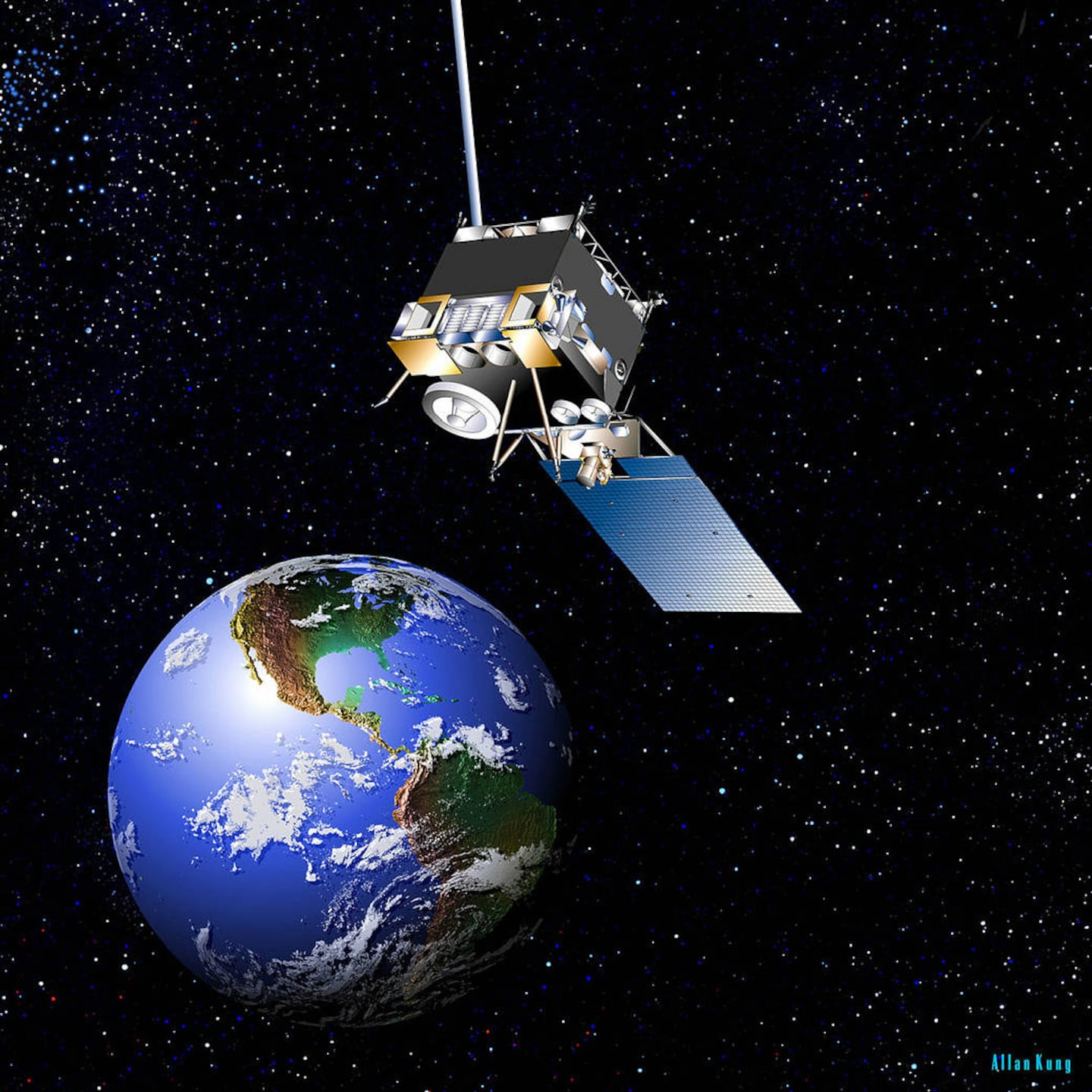CAPE CANAVERAL, Florida — A new NOAA (National Oceanic & Atmospheric Administration) satellite is scheduled to launch in to space this week with help from NASA.
The new satellite will continue to improve the ability of meteorologists to forecast and track weather moving across the United States, including our own Storm Center 7 team of meteorologists here in the Miami Valley.
WHAT DOES IT MEAN FOR US?
Storm Center 7 Meteorologist Kirstie Zontini said these satellites carry working lightning mappers that can tell forecasters more about severe thunderstorms and improve lead time on warnings to keep your family safer during severe weather.
>> WHIO Live Doppler 7 Interactive Radar
The GOES-17 will join GOES-16 in orbit to watch the western Hemisphere from Africa to New Zealand. This means GOES-17 will provide improved atmospheric measurements and imagery for the Pacific Ocean, western United States, Hawaii and Alaska. Weather systems in the US typically travel west to east so this will give forecasters even more information about developing systems and greater detail about severe thunderstorms.
Images from GOES-17 can be generated as quickly as every 30 seconds. It will provide faster information when it comes to weather patterns, severe weather or hurricanes.
Wildfires will be better monitored with the enhanced imagery and hurricane tracking and forecasts will be improved.
>> SkyWitness7
GOES-17 and GOES-16, which launched in 2016, will combine to provide this enhanced satellite imagery across the lower 48 states adding big improvements for Hawaii and Alaska.
WHAT IS IT?
A satellite like this one has a “geosynchronous orbit,” meaning it will keep the satellite over a specific location, like shining a flashlight. GOES-S will take 17 days to reach geostationary orbit and then it will be called GOES-17.
This allows it to always monitor the atmosphere. GOES-S can scan Earth five times faster and with four times the image resolution than older GOES satellites.
The new GOES is expected to launch just after 5 p.m. March 1 from Cape Canaveral, Florida, weather permitting.
Check this site for a live feed of the launch.





